- No products in the cart.
Learning Disability in the Classroom
Many types of students exist within the classroom, with each of them being different in their own way. While most students can be said to have a normal capacity for learning in all areas, other students are assessed to have a learning disability. Learning disabilities present themselves in many shapes and forms. They can be present in individuals from birth, but they can also be acquired as a child progresses through their developmental stages.
This post will explore the different types of learning disabilities that you may encounter while working in an education support role, whether that be in early years or school aged. It will also look at some different statistics associated with students who have a learning disability. Educating and working with students who have a learning disability can be quite challenging but is also extremely rewarding and provides a deep sense of satisfaction through providing help to those in need.
What is a learning disability
One of the more important things to be aware of is that a learning disability does not denote an intellectual disability. For example, students who require support for dyslexia may not necessarily need support for other areas of learning. The learning of students with a learning disability can be affected in numerous ways. These include short-term memory limitations, understanding related concepts, confusion when dealing with too much information at once, and heightened anxiety levels.
The Disability Discrimination Act 1992 and the Disability Standards for Education 2005 set out the requirements for education providers to make sure that all students with a disability have the same opportunity for learning as those without a disability. They also set out a framework to ensure that students with a disability are supported by curriculum adjustments and teaching strategies which suit their individual needs.
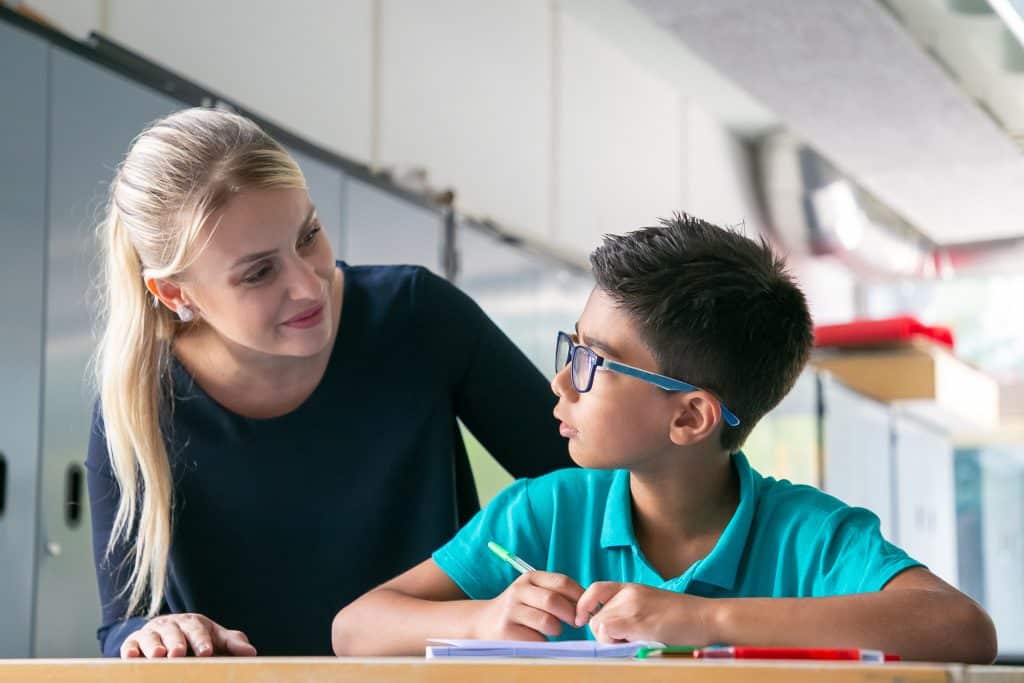
The numbers of learning disabilities
In Australia, 1 in 10 people suffer from a learning disability. 89% of students with a disability attend a mainstream school, of which 71% attend “normal” classes in mainstream schools while 18% attend special classes in mainstream schools. 89% of school aged children with a disability attend school, which is the same rate as those students without a disability. 12% of male students have a learning disability compared to 9.2% of female students.
Some of the more common learning disabilities include dyslexia, with approximately 8 in 10 people who have a learning disability having dyslexia, dysgraphia, dyscalculia, dyspraxia, Autism Spectrum Disorder (ASD) which, according to the Australian Bureau of Statistics, is experienced by 1 in 150 Australians, and Attention Deficit Hyperactivity Disorder (ADHD), with an estimated 1 in 20 children in Australia having ADHD. These and other disabilities which inhibit learning will ow be discussed in further detail.
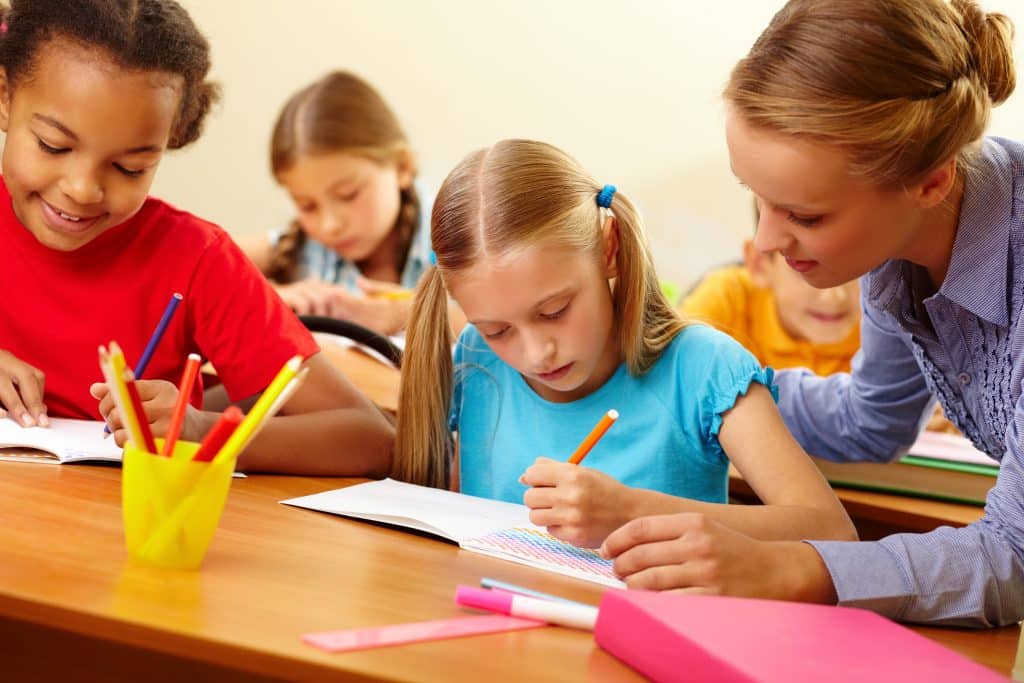
Dyslexia
Dyslexia is a word derived from Greek meaning difficulty with words. People with dyslexia find difficulty with reading and spelling. The main signs of dyslexia are reading slowly with numerous errors, difficulty spelling, trouble in reading single words, and finding it hard to learn the sounds of letters for reading. 10 percent of Australians are estimated to be affected by dyslexia and is the most common reason for reading, writing, and spelling difficulties. Dyslexia is not identified in many children and so they must wait until becoming an adult before they are diagnosed. Dyslexia can be passed down from parents to their children.
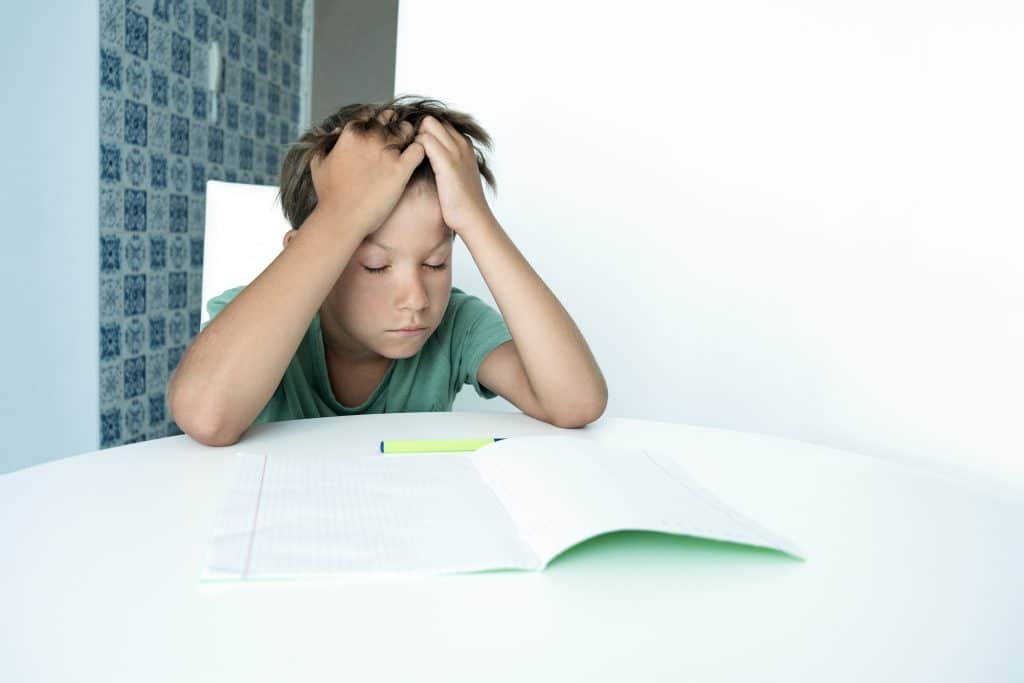
Dysgraphia & Dyscalculia
Dysgraphia causes individuals to have difficulty with writing/turning their thoughts into writing. They may also have trouble putting letters in a line, have messy handwriting, and holding a writing implement such as a pen or pencil. Dyscalculia is an inability to see, handle, and understand numbers. It is a lifelong condition that impacts an individual’s ability to undertake mathematics. Those with dyscalculia can’t comprehend quantities or the idea of biggest or smallest. They also cannot make the connection between the numeral 5 and the word five. Signs of dyscalculia become more obvious as an individual ages.

Autism Spectrum Disorder
Autism Spectrum Disorder is exhibited by a broad range of symptoms, which vary in severity and the impact they may have on an individual. Signs of autism include a alack of social and emotional exchanges like smiling, an absence of non-verbal communication like nodding or shaking of the head, avoiding eye contact when talking, fixated interests, and being aggressive towards others and themselves.
It is more likely for someone to have autism if they have a family member with it. Individuals with autism take some extra time to learn certain topics but at the same time excel when learning others. Autistic children have little to no interest in other children, prefer to play alone, become distressed when hearing sounds, and have trouble understanding sarcasm and humour. Autism normally becomes more apparent when a child reaches school age as the shortcomings in social situations become more obvious.

Attention Deficit Hyperactivity Disorder
Children with Attention Deficit Hyperactivity Disorder (ADHD) have trouble focusing and paying attention to a single task. They find it difficult learning in a classroom setting, acting without thinking, excessive talking, forgetting, or losing personal items. These individuals might also have trouble organising and finishing tasks. ADHD can be cause by factors including genetics, neurophysiology (differences in brain anatomy), drug use during pregnancy, exposure to lead, brain injury, a lack of early attachment with parents or caregivers, and early childhood trauma. There is no exact, singular cause of ADHD and so may be a result of a combination of the aforementioned factors.
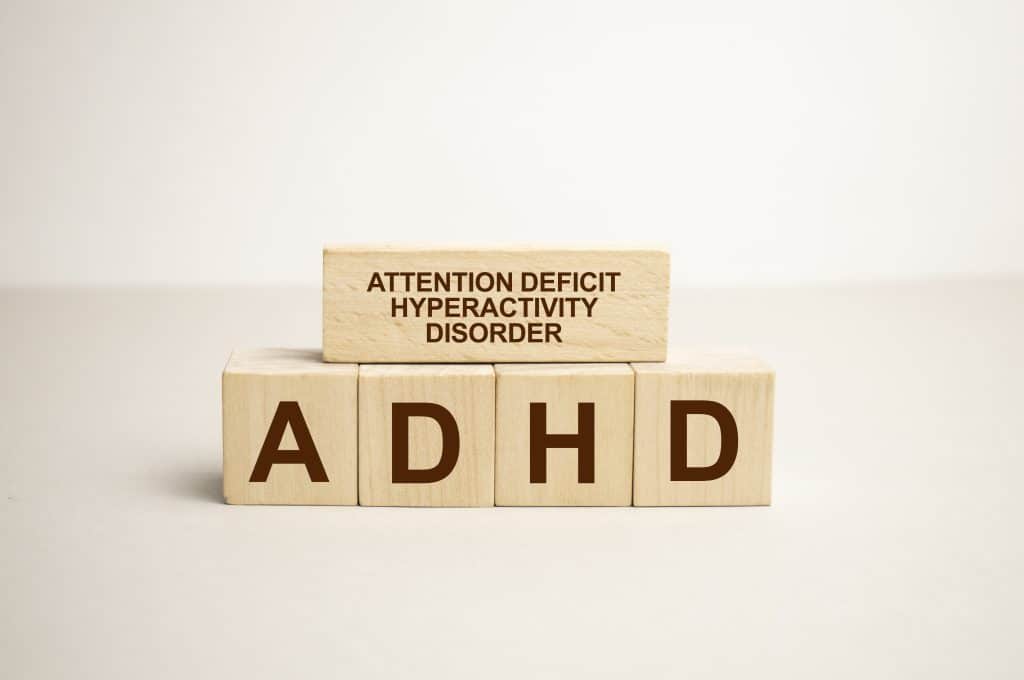
Hearing & Vision Impaired
Deaf, with a capital D, refers to those who have been deaf from birth or from before they started to talk. They communicate in Australian Sign Language (Auslan) as their first language and maintain a strong sense of identity and culture around sign language. One in six Australians have major hearing loss. Auslan users prefer to be referred to as deaf rather than hard of hearing as it is seen as a positive identity. Blind and Vision impaired children are considered legally blind if they cannot see beyond six metres and their field of vision is 20 degrees or less. These students learn to use Braille, which is a system of raised dots which are read by touching the dots with fingers.
blind deaf learning disability
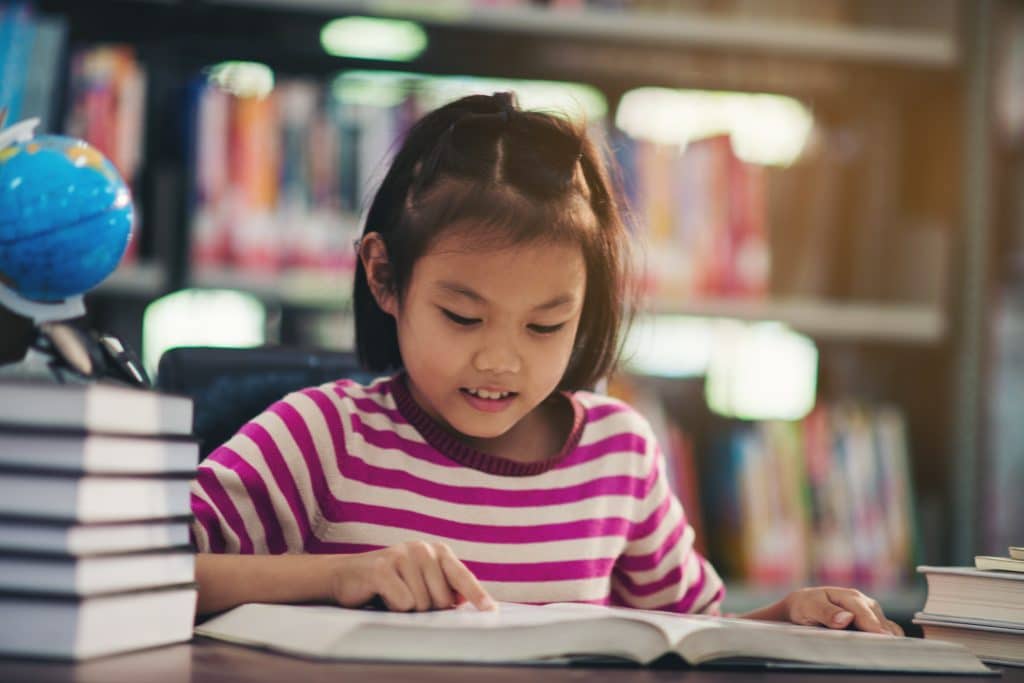
Working with learning impaired students
As a special school teacher’s aide, you will work with individuals aged between 4 and 18 years of age. You will be a part of a team which includes the teacher and other types of therapists to work with students that require support in one or more areas. These areas of impairment can include intellectual, hearing, visual, speech, behavioral, and physical. Special school teacher aides provide assistance with planning, preparation, and delivery of individualized education plans. Key roles and responsibilities include room and activity setup, teaching of students, transportation, assisting students during mealtimes, helping students with their toileting requirements, supervising students during meal breaks, attending staff meetings, and participating in extracurricular activities outside of school hours.
Working in this role is physically and mentally demanding, due to the extra amount of care that these students require. At the same time, it is an extremely rewarding role that will leave you with a great sense of achievement and satisfaction in being able to help those in need. To be qualified to work with students who have a learning disability normally requires the completion of a certificate III or IV in education support. You may also choose to complete a qualification in disability, such as a certificate IV in disability.
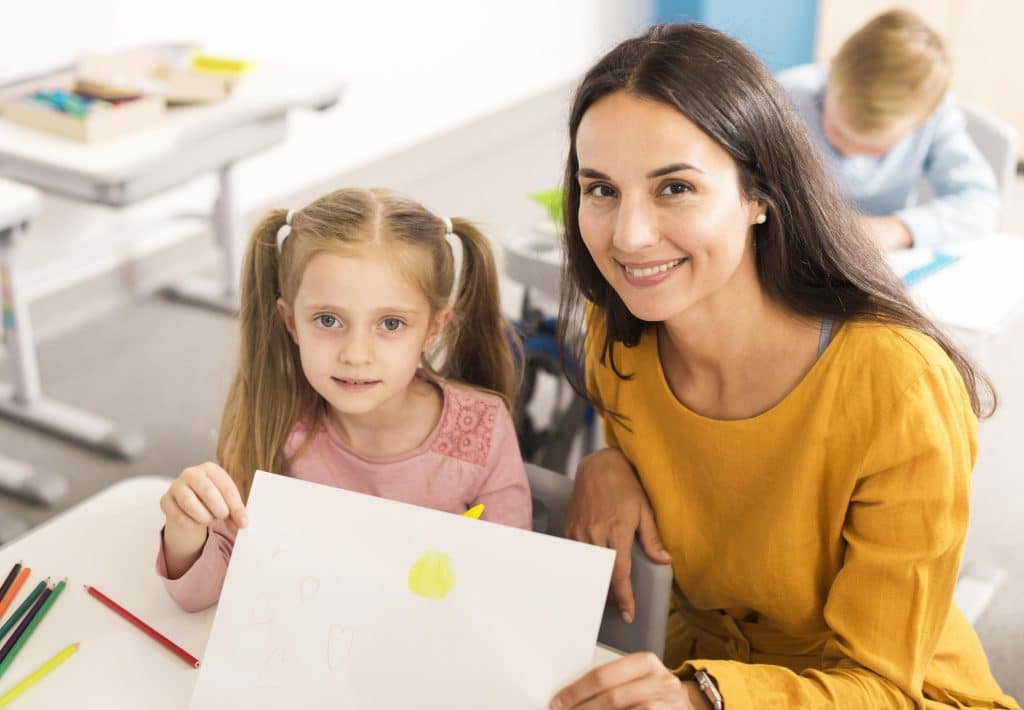
You can make a change
When working with students who have a learning disability, every day will be new and challenging. You will be there every step of the way to help the student achieve their goals and ambitions. It will be your job to help them overcome the hurdles presented to them by their specific learning disability. While not an easy career, it is certainly one of the most rewarding and something that you can be proud to do.
QUICK ENQUIRY
REQUEST A CALL BACK!
FROM OUR STAFF
Fill in the form with your information,
we will be in contact with you shortly!
[stm_sign_up_now form=”555″ title=”Request Now” css=”.vc_custom_1520401314013{margin-bottom: 30px !important;}”]
